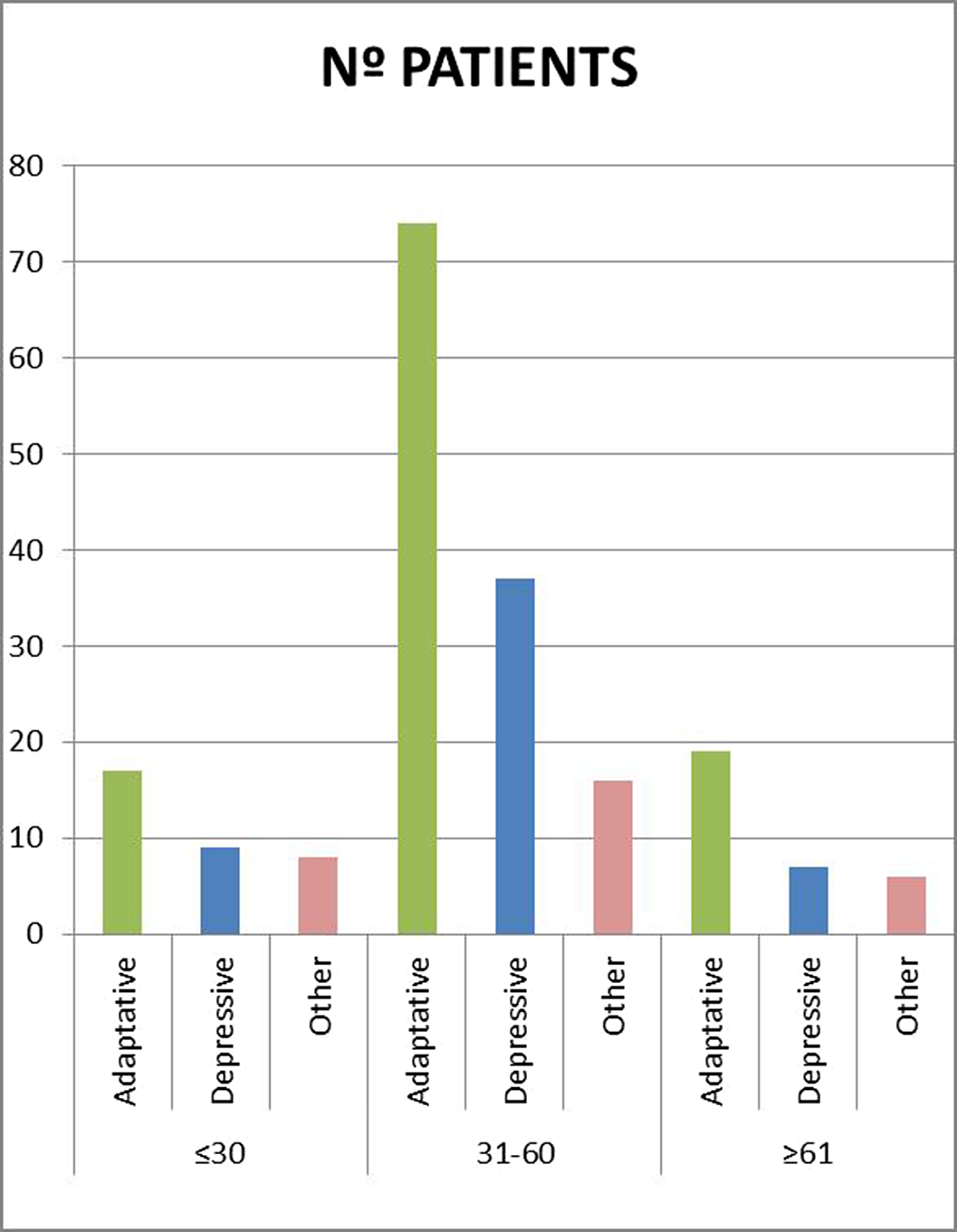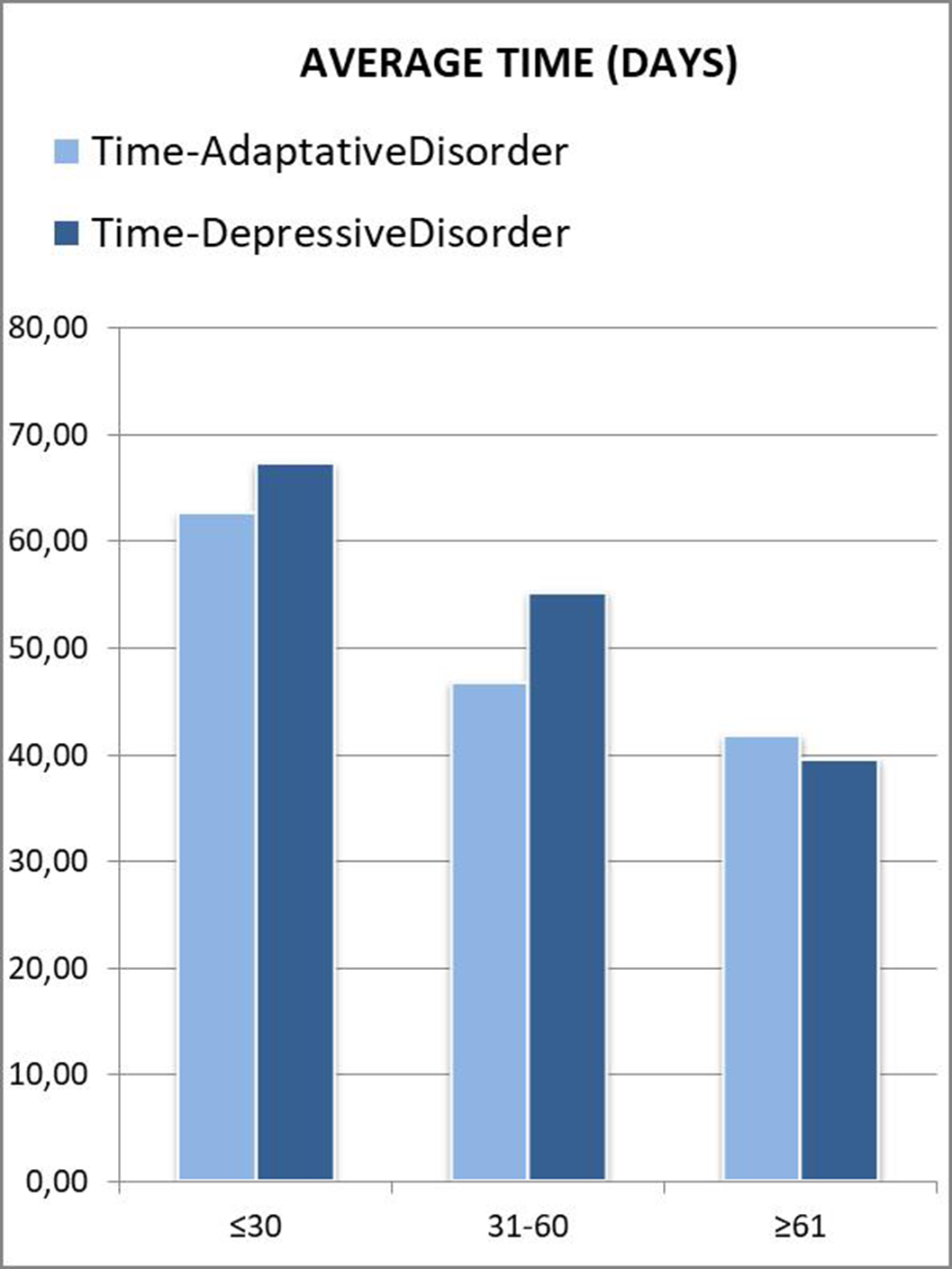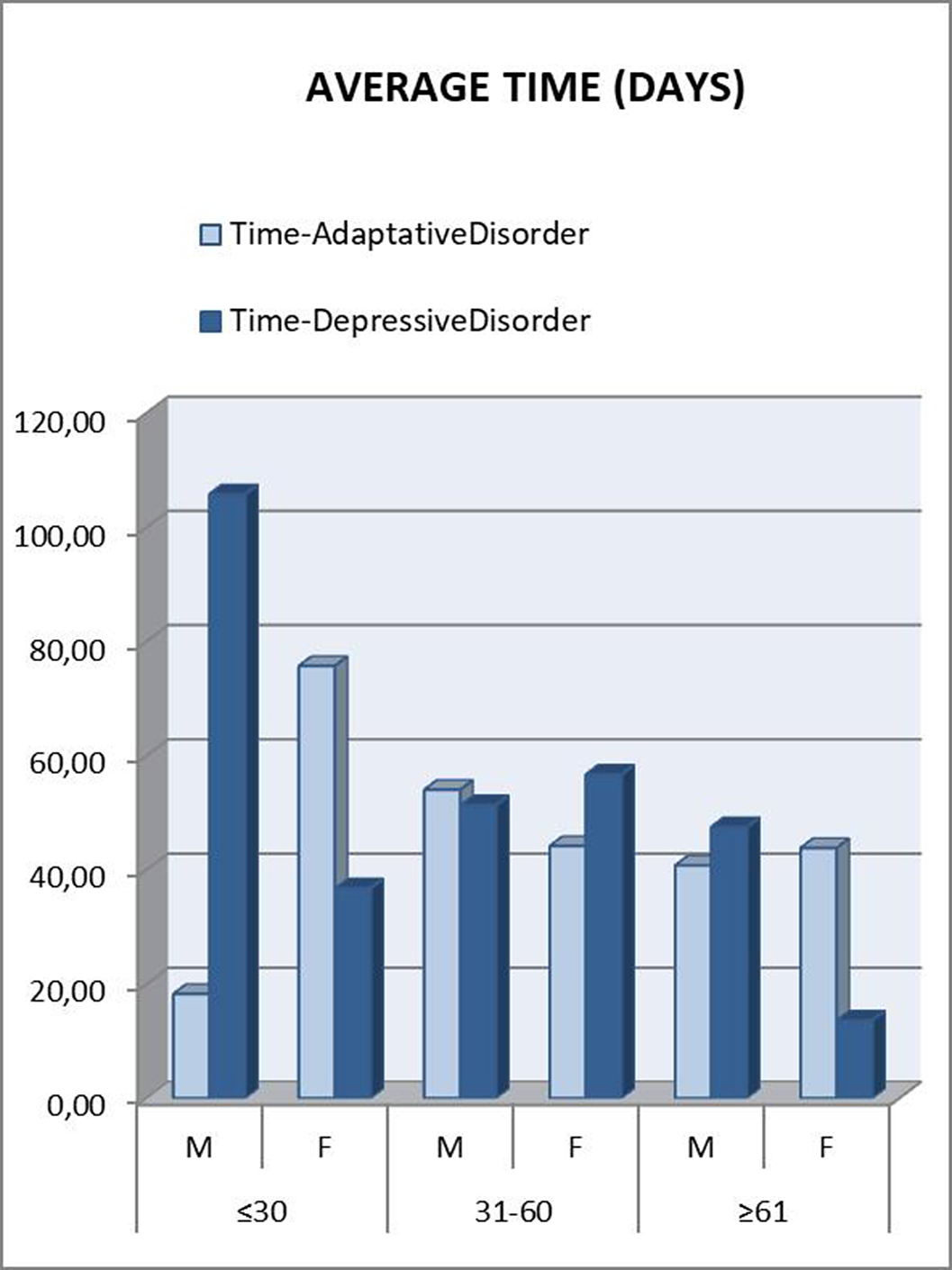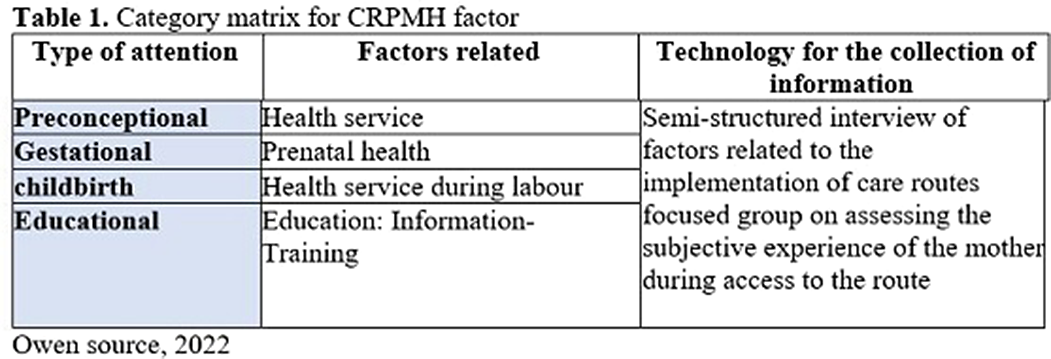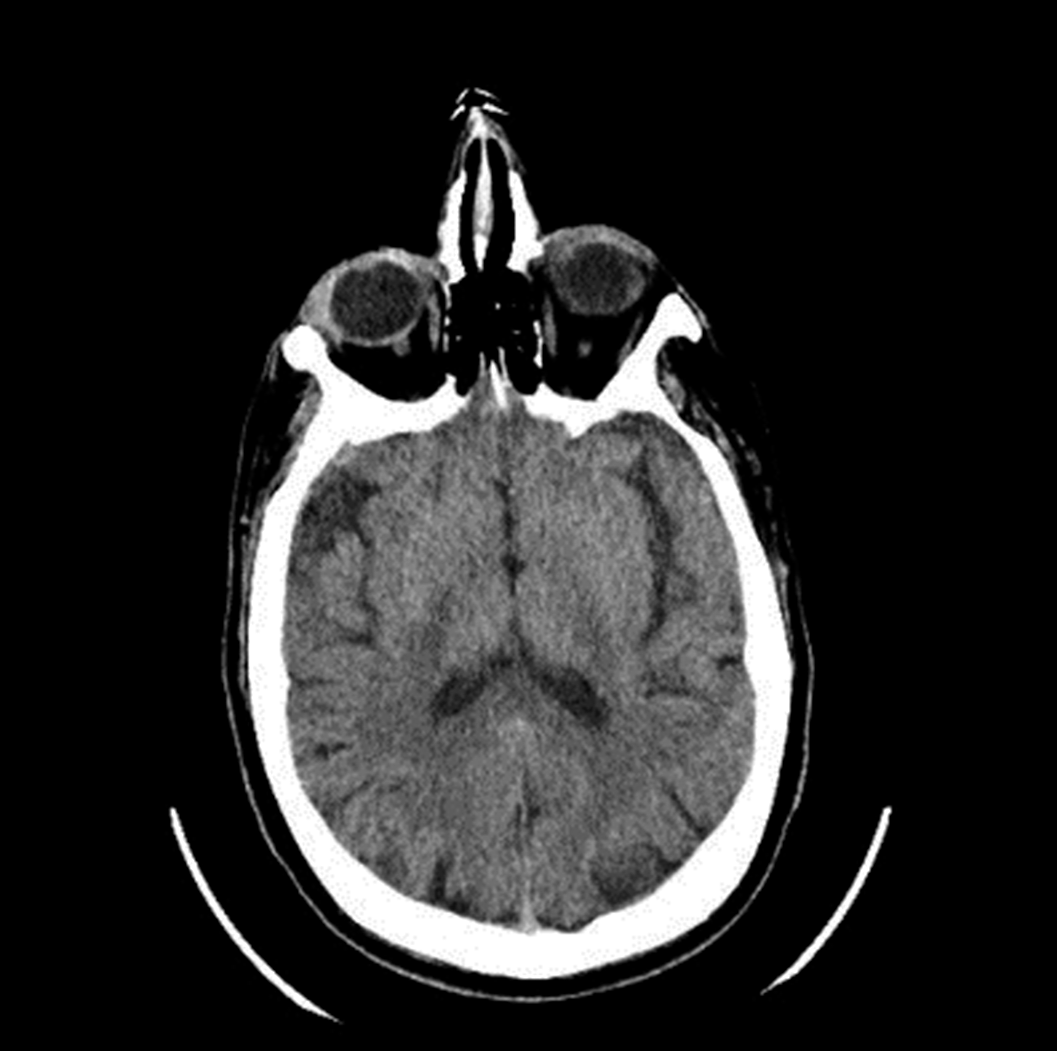273 results
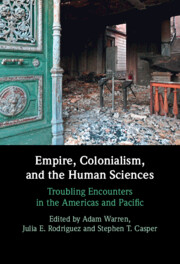
Empire, Colonialism, and the Human Sciences
- Troubling Encounters in the Americas and Pacific
- Coming soon
-
- Expected online publication date:
- August 2024
- Print publication:
- 31 August 2024
-
- Book
- Export citation
“Asking for help, quite a challenge”. Time from onset of symptoms to consultation with a psychiatrist
-
- Journal:
- European Psychiatry / Volume 66 / Issue S1 / March 2023
- Published online by Cambridge University Press:
- 19 July 2023, pp. S469-S470
-
- Article
-
- You have access
- Open access
- Export citation
ATYPICAL DEBUT OF BIPOLAR DISORDER IN AN ADOLESCENT: POST-COVID SYNDROME, PARANEOPLASTIC SYNDROME, OR SOMETHING ELSE?
-
- Journal:
- European Psychiatry / Volume 66 / Issue S1 / March 2023
- Published online by Cambridge University Press:
- 19 July 2023, pp. S768-S769
-
- Article
-
- You have access
- Open access
- Export citation
Efficacy of maintenance electroconvulsive therapy in recurrent depression: a case series
-
- Journal:
- European Psychiatry / Volume 66 / Issue S1 / March 2023
- Published online by Cambridge University Press:
- 19 July 2023, p. S832
-
- Article
-
- You have access
- Open access
- Export citation
UNTIL IT BURSTS OR ALL OF US BURST. A SCHIZOTYPICAL CASE.
-
- Journal:
- European Psychiatry / Volume 66 / Issue S1 / March 2023
- Published online by Cambridge University Press:
- 19 July 2023, p. S967
-
- Article
-
- You have access
- Open access
- Export citation
Delirious episode secondary to rotigotine: the psychotic patch
-
- Journal:
- European Psychiatry / Volume 66 / Issue S1 / March 2023
- Published online by Cambridge University Press:
- 19 July 2023, p. S626
-
- Article
-
- You have access
- Open access
- Export citation
Bipolar disorder and substance use: Risk factors and prognosis
-
- Journal:
- European Psychiatry / Volume 66 / Issue S1 / March 2023
- Published online by Cambridge University Press:
- 19 July 2023, p. S704
-
- Article
-
- You have access
- Open access
- Export citation
I don’t know where I’m going or where I come from. Self-disorders in schizophrenia.
-
- Journal:
- European Psychiatry / Volume 66 / Issue S1 / March 2023
- Published online by Cambridge University Press:
- 19 July 2023, pp. S1069-S1070
-
- Article
-
- You have access
- Open access
- Export citation
Effects of Autonomous Sensory Meridian Response (ASMR) on mental health.
-
- Journal:
- European Psychiatry / Volume 66 / Issue S1 / March 2023
- Published online by Cambridge University Press:
- 19 July 2023, p. S963
-
- Article
-
- You have access
- Open access
- Export citation
PEAKS AND VALLEYS: BIPOLAR DISORDER, RAPID CYCLERS AND ENERGY DRINKS CONSUMPTION
-
- Journal:
- European Psychiatry / Volume 66 / Issue S1 / March 2023
- Published online by Cambridge University Press:
- 19 July 2023, pp. S702-S703
-
- Article
-
- You have access
- Open access
- Export citation
Late diagnosis of attention deficit hyperactivity disorder and cocaine abuse
-
- Journal:
- European Psychiatry / Volume 66 / Issue S1 / March 2023
- Published online by Cambridge University Press:
- 19 July 2023, pp. S335-S336
-
- Article
-
- You have access
- Open access
- Export citation
Memory complaints and quality of life in a patient with mild cognitive impairment
-
- Journal:
- European Psychiatry / Volume 66 / Issue S1 / March 2023
- Published online by Cambridge University Press:
- 19 July 2023, pp. S937-S938
-
- Article
-
- You have access
- Open access
- Export citation
Evaluating the implementation of the perinatal maternal route in a group of students of the psychology program of two Universites in Colombia during the period 2022
-
- Journal:
- European Psychiatry / Volume 66 / Issue S1 / March 2023
- Published online by Cambridge University Press:
- 19 July 2023, pp. S898-S899
-
- Article
-
- You have access
- Open access
- Export citation
Assessment of Theory of Mind in Psychopathology: a Scoping Review
-
- Journal:
- European Psychiatry / Volume 66 / Issue S1 / March 2023
- Published online by Cambridge University Press:
- 19 July 2023, pp. S1001-S1002
-
- Article
-
- You have access
- Open access
- Export citation
“The cat and the calcium”. A case of delirium secondary to hypercalcaemia.
-
- Journal:
- European Psychiatry / Volume 66 / Issue S1 / March 2023
- Published online by Cambridge University Press:
- 19 July 2023, pp. S946-S947
-
- Article
-
- You have access
- Open access
- Export citation
“Keeping an eye on amylase”. Side effects of antidepressants
-
- Journal:
- European Psychiatry / Volume 66 / Issue S1 / March 2023
- Published online by Cambridge University Press:
- 19 July 2023, p. S831
-
- Article
-
- You have access
- Open access
- Export citation
Tobacco use in first-episode psychosis, a multinational EU-GEI study
-
- Journal:
- Psychological Medicine / Volume 53 / Issue 15 / November 2023
- Published online by Cambridge University Press:
- 26 April 2023, pp. 7265-7276
-
- Article
- Export citation
Molecular modelling of amylose-lipid complexes (resistant starch 5) to identify fatty acid candidates for in vitro and in vivo studies
-
- Journal:
- Proceedings of the Nutrition Society / Volume 82 / Issue OCE1 / 2023
- Published online by Cambridge University Press:
- 08 March 2023, E43
-
- Article
-
- You have access
- HTML
- Export citation
Mega-analysis of association between obesity and cortical morphology in bipolar disorders: ENIGMA study in 2832 participants
-
- Journal:
- Psychological Medicine / Volume 53 / Issue 14 / October 2023
- Published online by Cambridge University Press:
- 27 February 2023, pp. 6743-6753
-
- Article
-
- You have access
- Open access
- HTML
- Export citation
Assessing the reliability and cross-sectional and longitudinal validity of fifteen bioelectrical impedance analysis devices
-
- Journal:
- British Journal of Nutrition / Volume 130 / Issue 5 / 14 September 2023
- Published online by Cambridge University Press:
- 21 November 2022, pp. 827-840
- Print publication:
- 14 September 2023
-
- Article
-
- You have access
- Open access
- HTML
- Export citation



